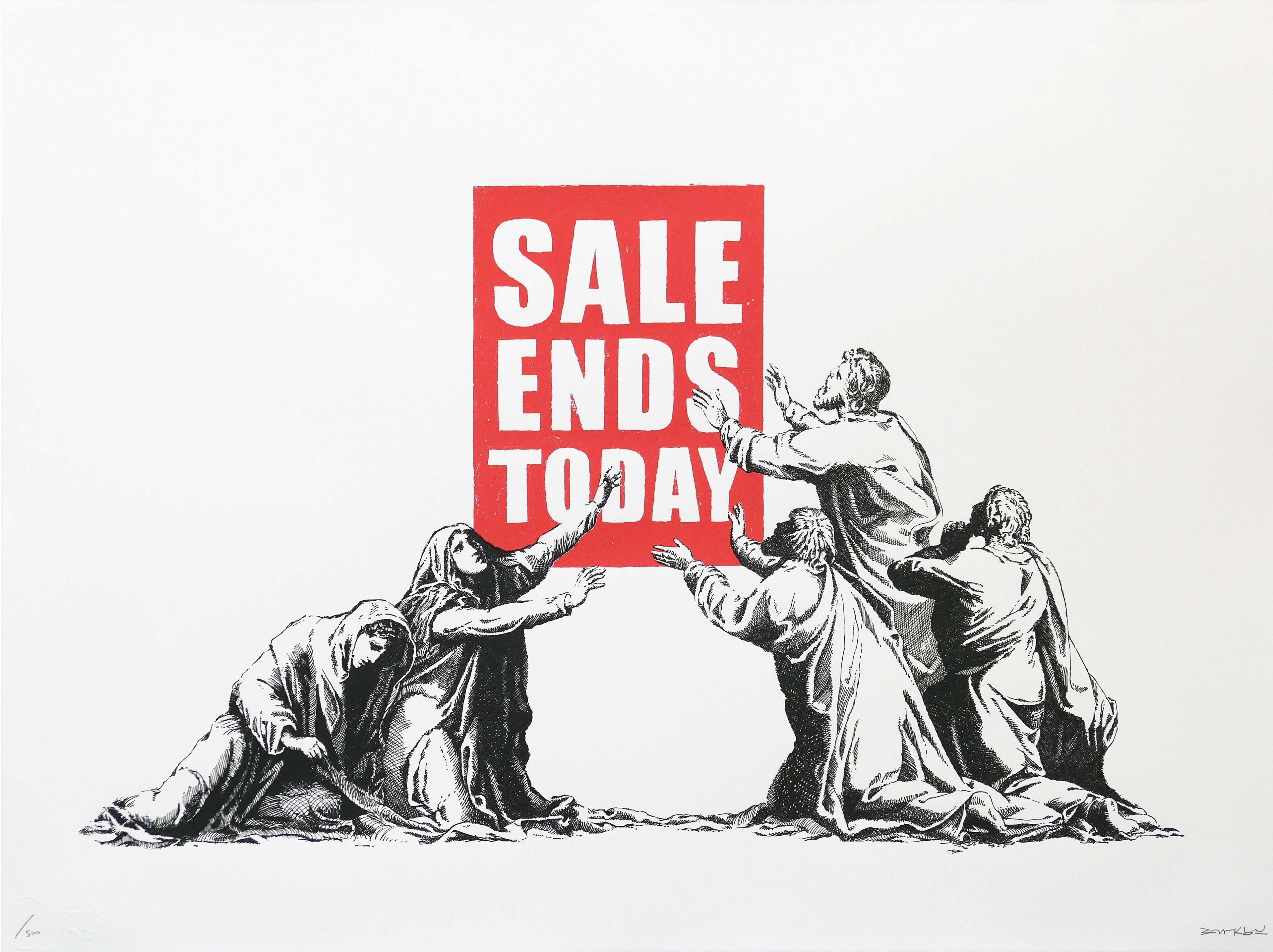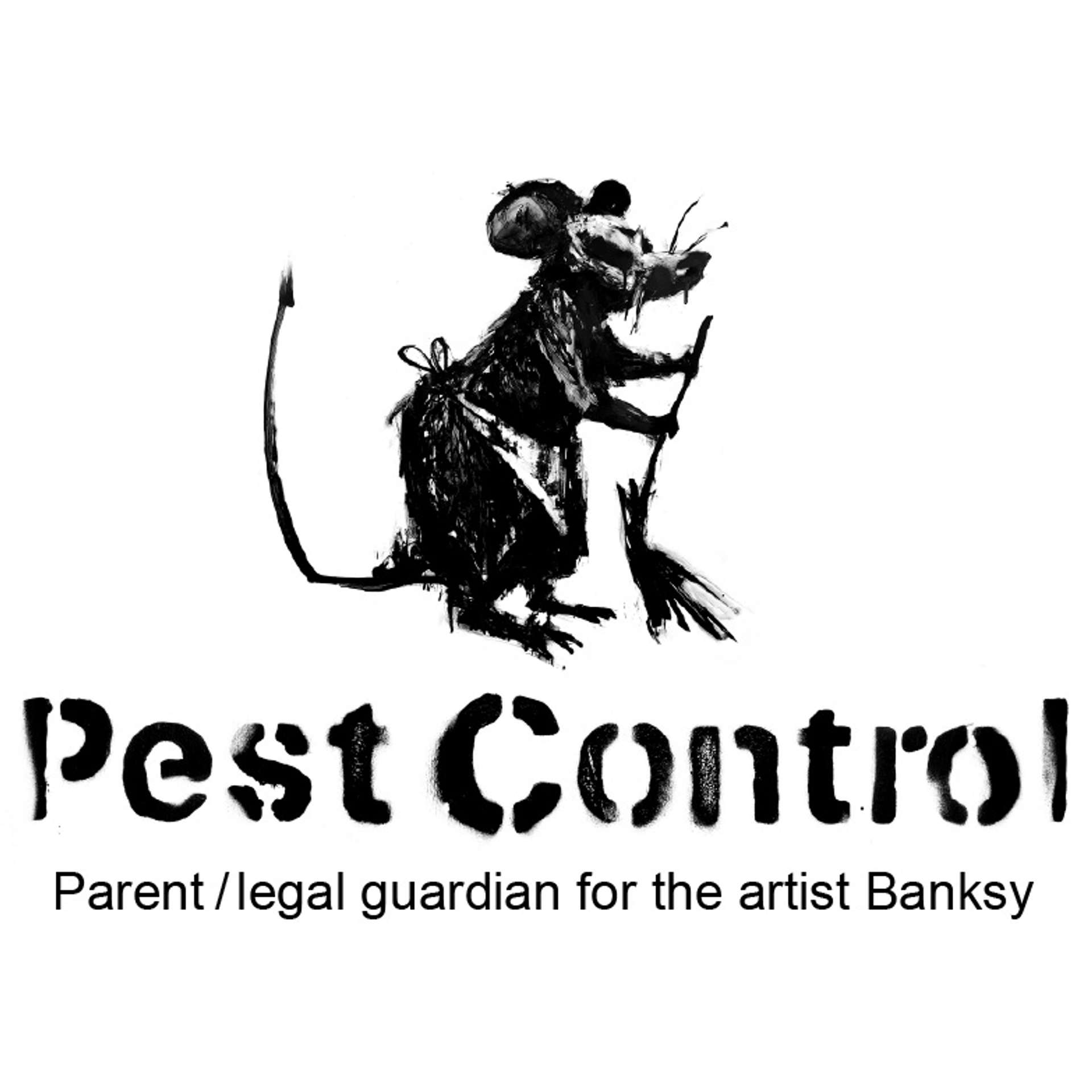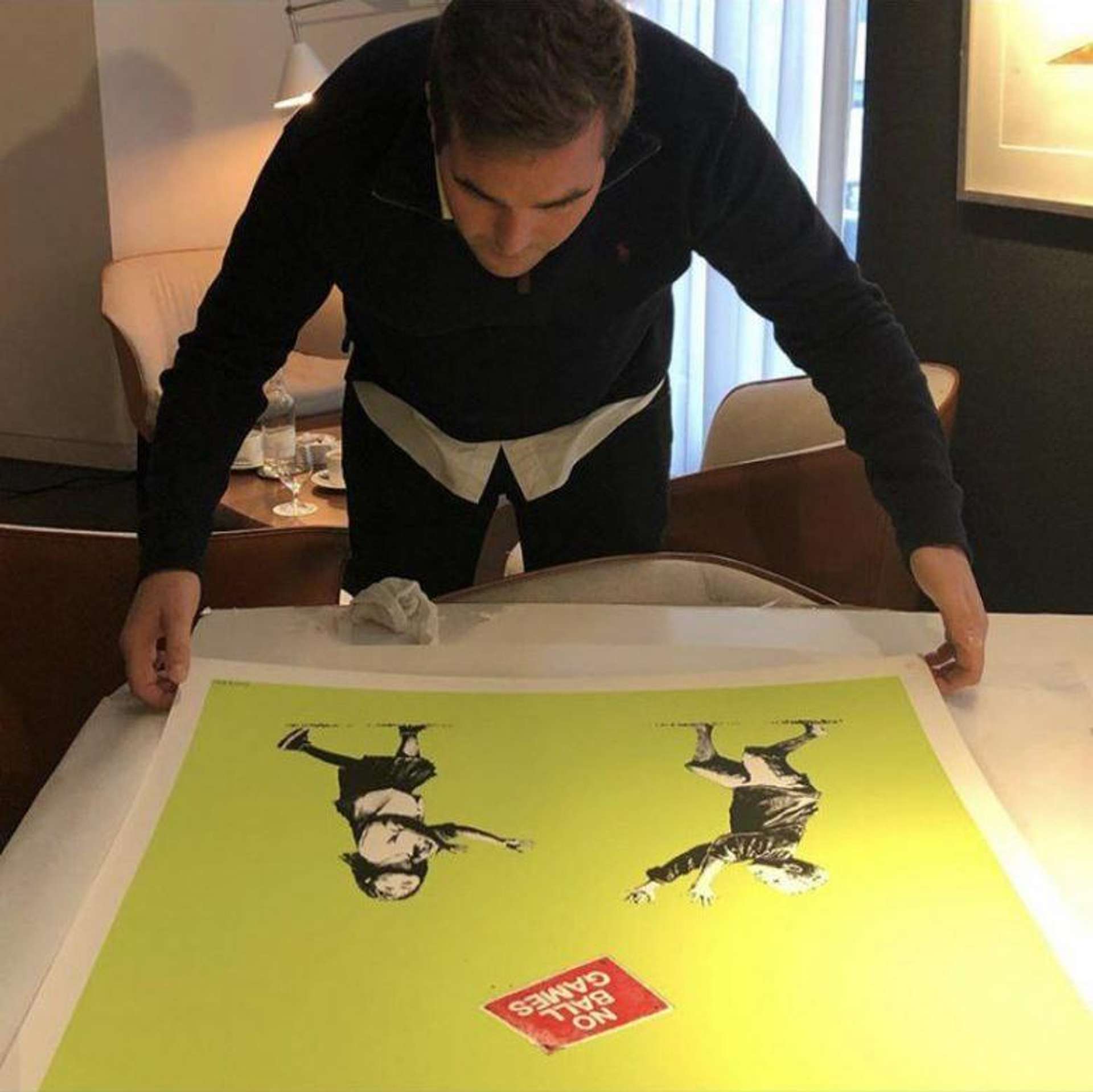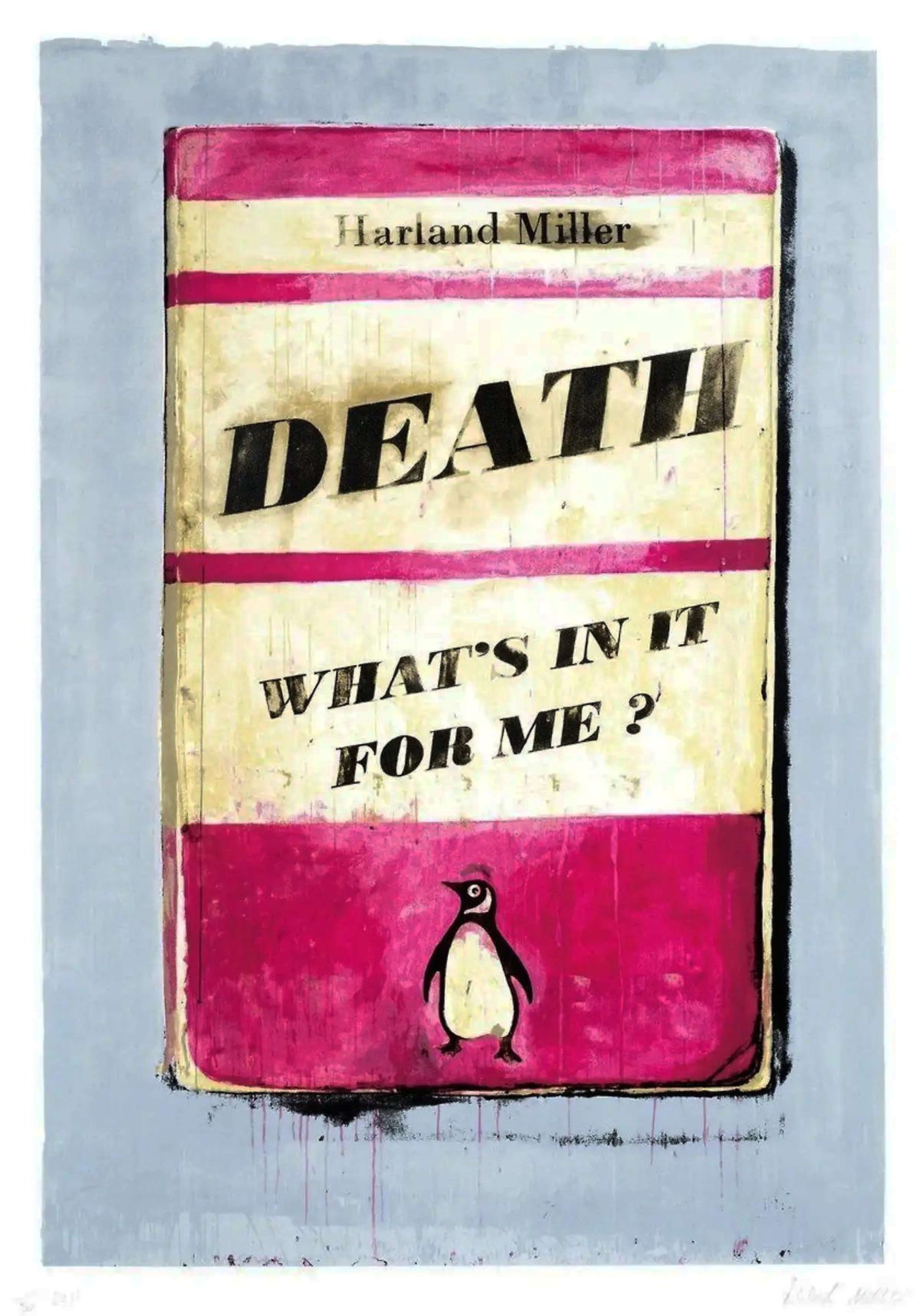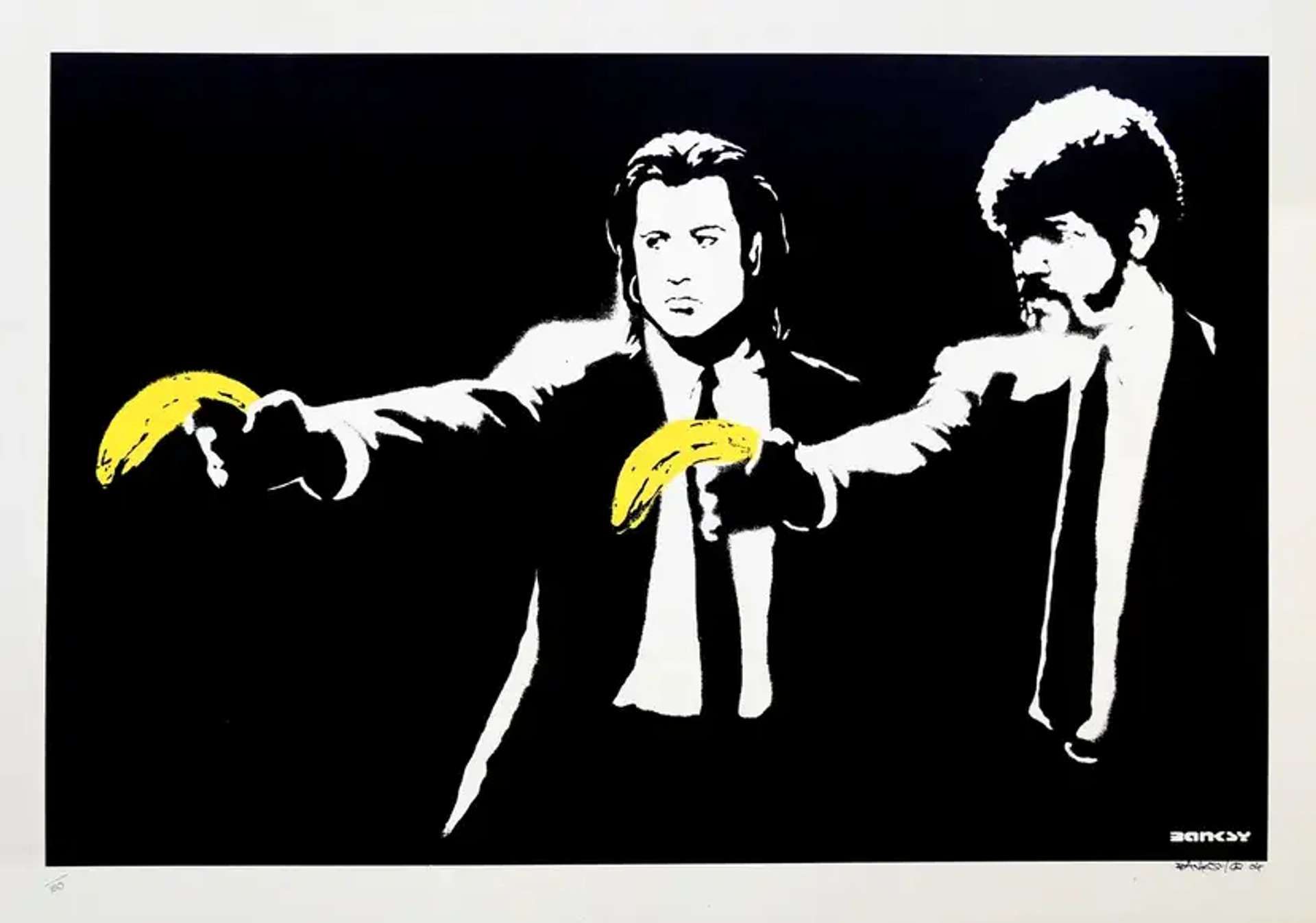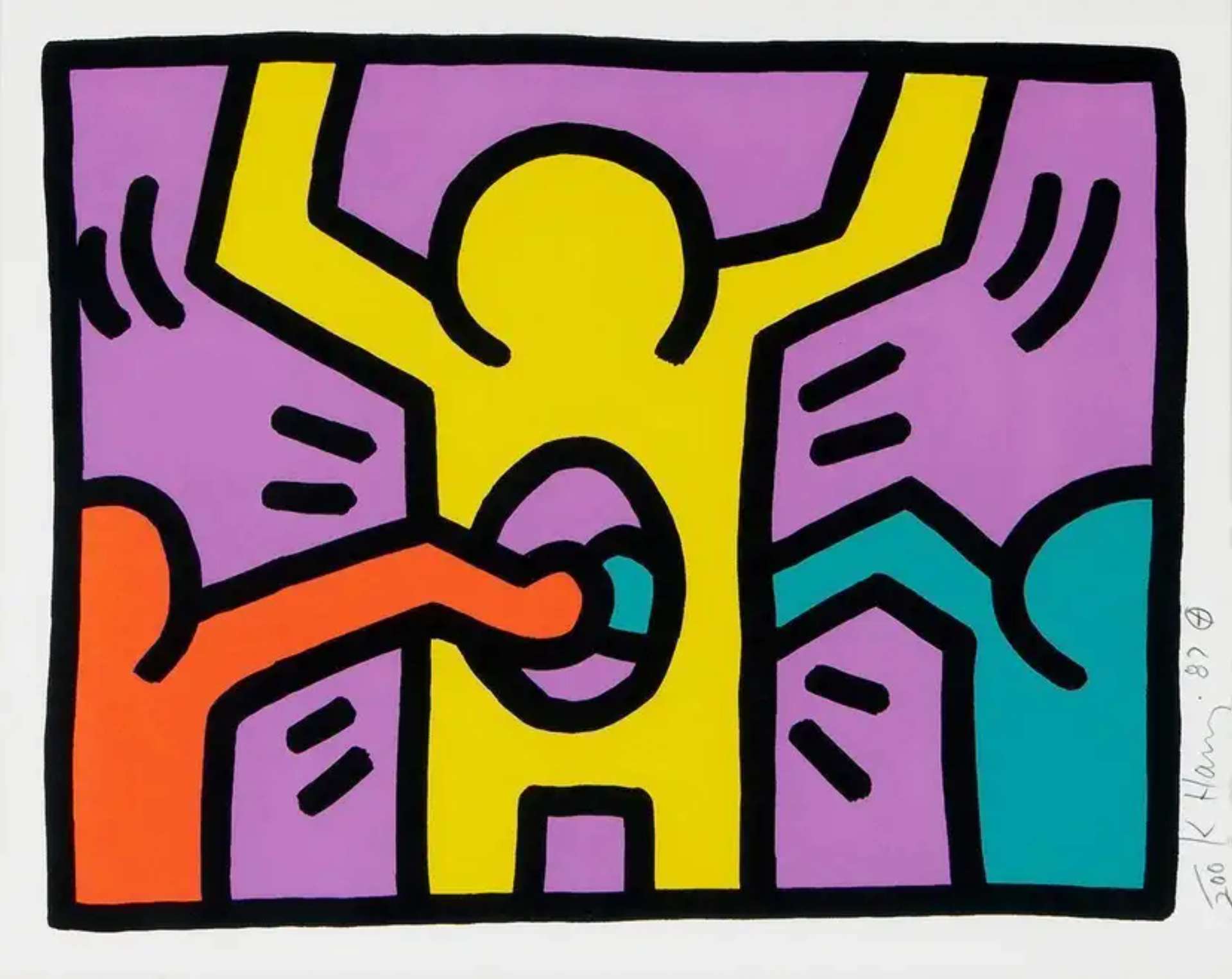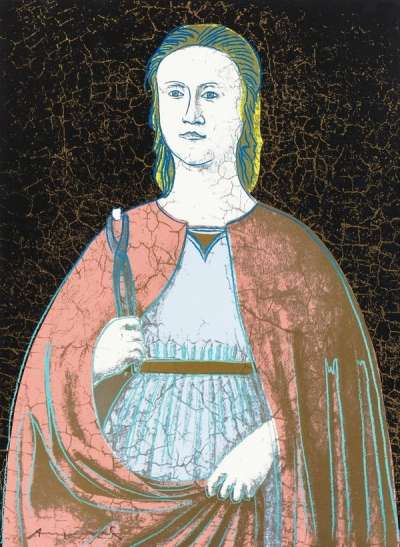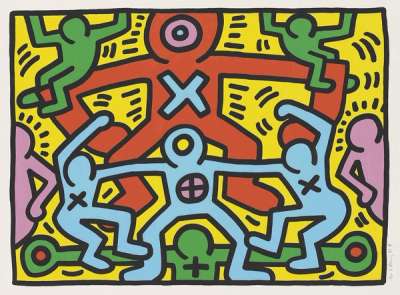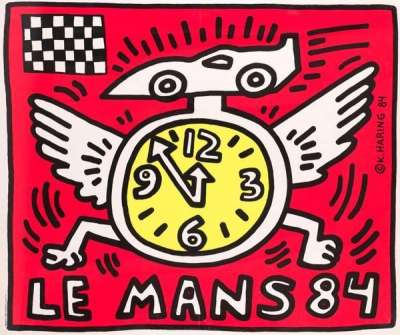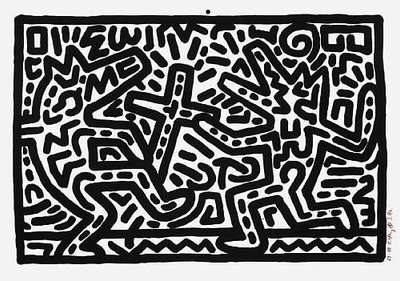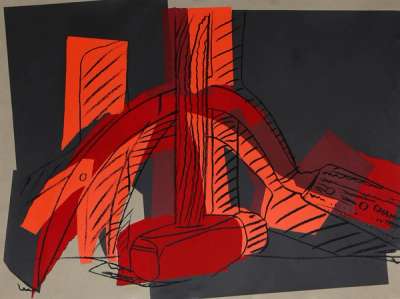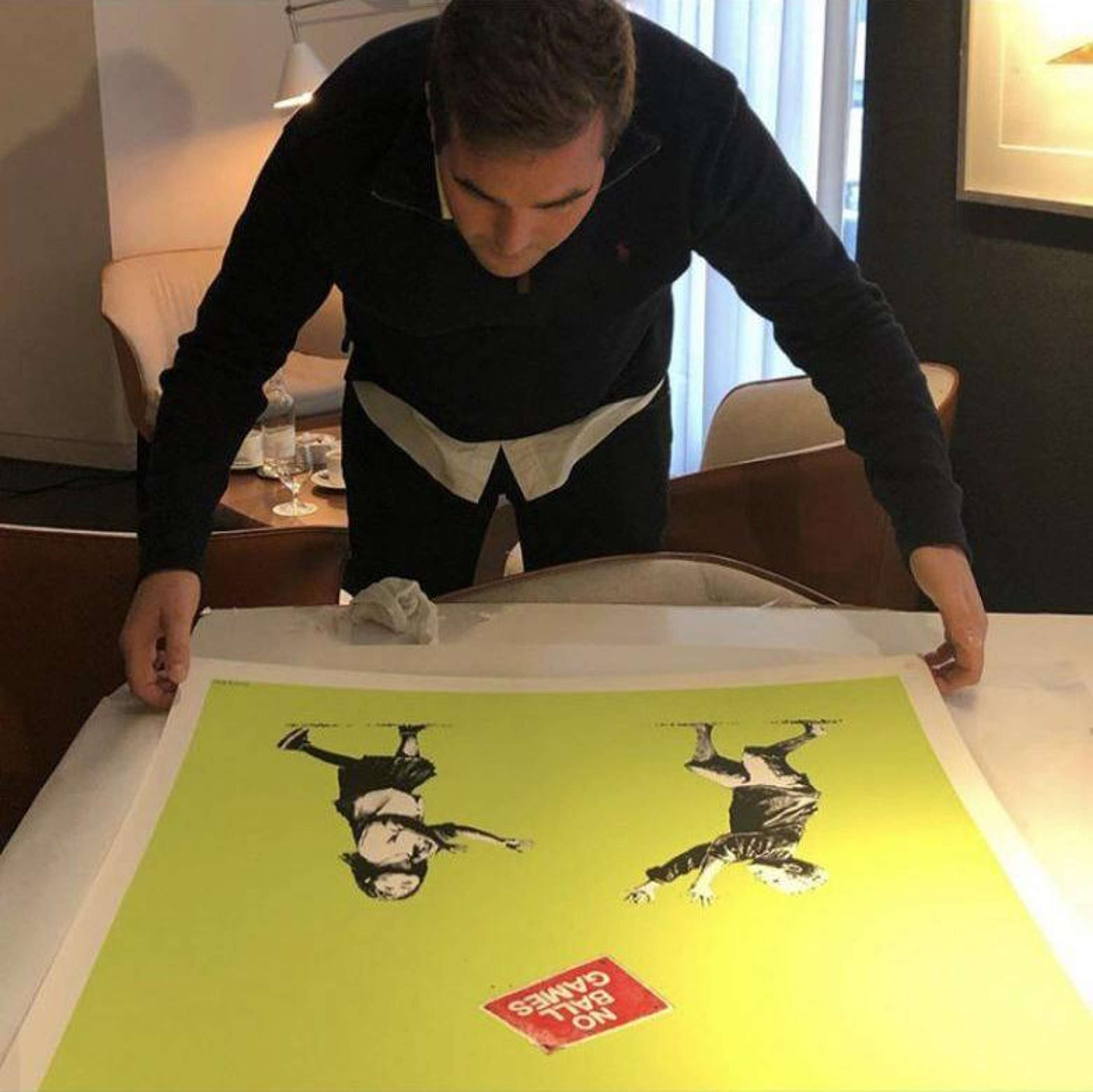What To Do if You Inherit an Artwork or Art Collection
 Till Death Do Us Part (coral red, silver gloss, true blue) © Damien Hirst 2012
Till Death Do Us Part (coral red, silver gloss, true blue) © Damien Hirst 2012MyPortfolio
Inheriting an artwork or collection means navigating a dynamic art market and evolving tax regulations, whilst also honouring the emotional legacy that art carries. Whether it’s a single piece of art or an extensive collection, knowing how to manage these valuable assets from the offset will help you preserve both its financial value and cultural significance.
This guide will walk you through the essential steps to take to help ensure the long-term care and value of your inherited art.
Getting Your Inherited Art Valued
The first and most crucial step is to obtain a professional valuation that reflects today’s market realities and inheritance tax requirements. Seek out an appraiser accredited by leading bodies such as RICS or the Institute of Art & Law in the UK, or the American Society of Appraisers and the International Society of Appraisers internationally. These specialists will conduct a thorough inspection, examining each work’s authorship, condition, provenance and exhibition history before producing a detailed report that sets out both its current market value and, if required, its replacement value for insurance purposes.
Maintaining a comprehensive, up-to-date inventory - complete with high-resolution photographs and supporting documentation - will not only streamline this process but also reinforce your position in any future sale negotiations or tax filings. Art valuations can shift significantly over just a few years, especially for contemporary and emerging artists, so reappraising every two to three years is often recommended to ensure accuracy and tax compliance.
 © MyArtBroker
© MyArtBrokerSecuring Insurance for Your Artwork
Once you know the value of your artwork and have received the written report sometimes known as a COA (Certificate of Authority), the next step is to secure appropriate insurance to protect your investment.
In the UK, art insurance policies typically fall into two categories: title insurance and property insurance. Title insurance protects against claims of ownership, while property insurance covers physical damage or loss. Property insurance is the most common type for protecting artwork.
It is important to arrange specialist “specie” insurance. Standard household policies rarely extend to high-value artworks or cover damage sustained during transit or exhibition, leaving significant gaps in protection. A dedicated art-insurance policy will cover for theft, flood, fire and accidental damage, whether the piece is on display at home, held in a professional storage facility, or loaned to a gallery. You should discuss with your broker whether to insure each work individually or to opt for blanket coverage across the entire collection, always ensuring that transit and exhibition risks are expressly included.
Likewise, review the liability limits and exclusions carefully, and verify that all third-party handlers such as framers, shippers and conservators carry adequate insurance and follow industry-standard best practices.
Assessing the Need for Restoration
Inherited artwork may require restoration, especially if it has been in storage or neglected over time. Proper restoration can enhance both the aesthetic and market value of the art. Your next steps will be to take the work to a conservator. A professional conservator can assess the condition of your artwork and recommend necessary restoration. Common issues include cleaning, repairing tears, or addressing damage from environmental factors like humidity or light exposure.
We would recommend you seek out conservators who are accredited by professional bodies such as Fine Art Restoration Company. These experts have the skills and experience to handle valuable and delicate works of art. At MyArtBroker, all of the works we deal with go through a third party conservator to ensure the work is in good condition and as described.
Read more or contact Fine Art Restoration Company here.
 © MyArtBroker
© MyArtBrokerVerifying Provenance and Authenticity
Provenance and authenticity are critical to establishing the value and legitimacy of your inherited artwork. Provenance refers to the documented history of ownership of an artwork. A well-documented provenance can significantly increase an artwork's value and provide assurance of its authenticity. Compile all available records - sales invoices, exhibition catalogues, prior appraisal reports and correspondence - to construct a complete ownership history. For older or particularly significant works, you may also employ scientific analyses such as pigment testing or carbon dating to corroborate age and origin.Authentication can be complex, especially for older or high-value pieces.
Some artists, like Banksy with Pest Control, use their own authentication processes to verify the authenticity of their artworks, ensuring that collectors and buyers can confidently ascertain the legitimacy of their pieces.
Pest Control is Banksy’s official authentication body and was established to handle the verification of Banksy's work, providing a means to distinguish genuine pieces from forgeries. To authenticate a Banksy, an individual must submit an application to Pest Control, including detailed information and images of the artwork in question. The team at Pest Control conducts a thorough review, cross-referencing the piece with their records and Banksy's known catalogue. If the artwork is deemed authentic, Pest Control issues a certificate of authenticity, which is crucial for establishing the work's provenance and value. This process ensures that collectors, buyers, and institutions can confidently verify the authenticity of Banksy artworks, preserving their integrity in the art market.
Managing and Storing Your Inherited Art
Proper storage and handling are indispensable to the preservation of inherited works. You might have found the perfect spot on the wall for that Girl With Balloon or Love Rat, but have you considered how sunlight and seasonal changes will affect the paper?
To prevent damage, wherever possible, maintain a stable interior environment, keeping temperatures between 18 and 21 °C and relative humidity around 50 per cent, with minimal fluctuations. UV-filtering glazing on windows or picture frames will protect sensitive pigments from fading, while acid-free matting and backing boards prevent discolouration of paper-based pieces. For high-value items or extensive collections, consider using a specialist art-storage facility that offers climate control, security systems and insurance coverage designed specifically for cultural property.
Read more on how to display your Banksy Print here.
Invest in security measures to protect your artwork from theft or damage. This may include installing alarm systems, surveillance cameras, and secure display cases. For high-value collections, consider specialised art storage facilities that offer climate control and enhanced security.
For UK based collectors, we would suggest Anthony Ward Thomas.
Deciding What to Do with the Inherited Art
Once your inherited art is secured, preserved and documented, you face a decision that balances personal sentiment, financial considerations and legacy planning. Retaining works within the family can foster a continuity of appreciation, provided you commit to long-term conservation and insurance. Should you choose to sell, partnering with a reputable auction house or leading private-sale specialist will maximise market visibility and the likelihood of competitive bidding.
Alternatively, donating pieces to museums or cultural institutions under the UK’s Acceptance in Lieu or Cultural Gifts Scheme can satisfy inheritance-tax obligations while ensuring public access to culturally significant art.
Ensuring the Long-Term Care and Value of Your Inherited Art
Inheriting art comes with responsibilities that require careful planning and professional guidance. By getting your art valued, securing appropriate insurance, assessing restoration needs, verifying provenance, and deciding on the best course of action for your collection, you can ensure its long-term care and value. This thoughtful approach not only preserves the art itself but also honours its historical and sentimental significance.

